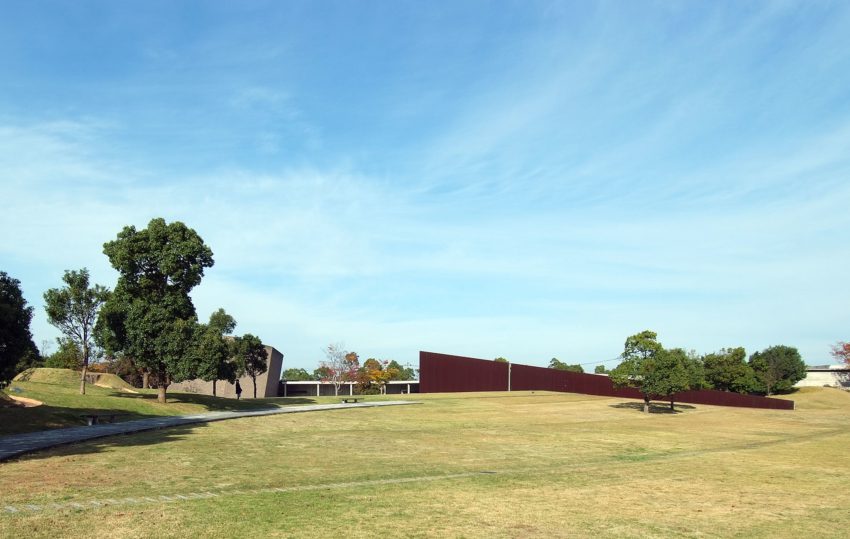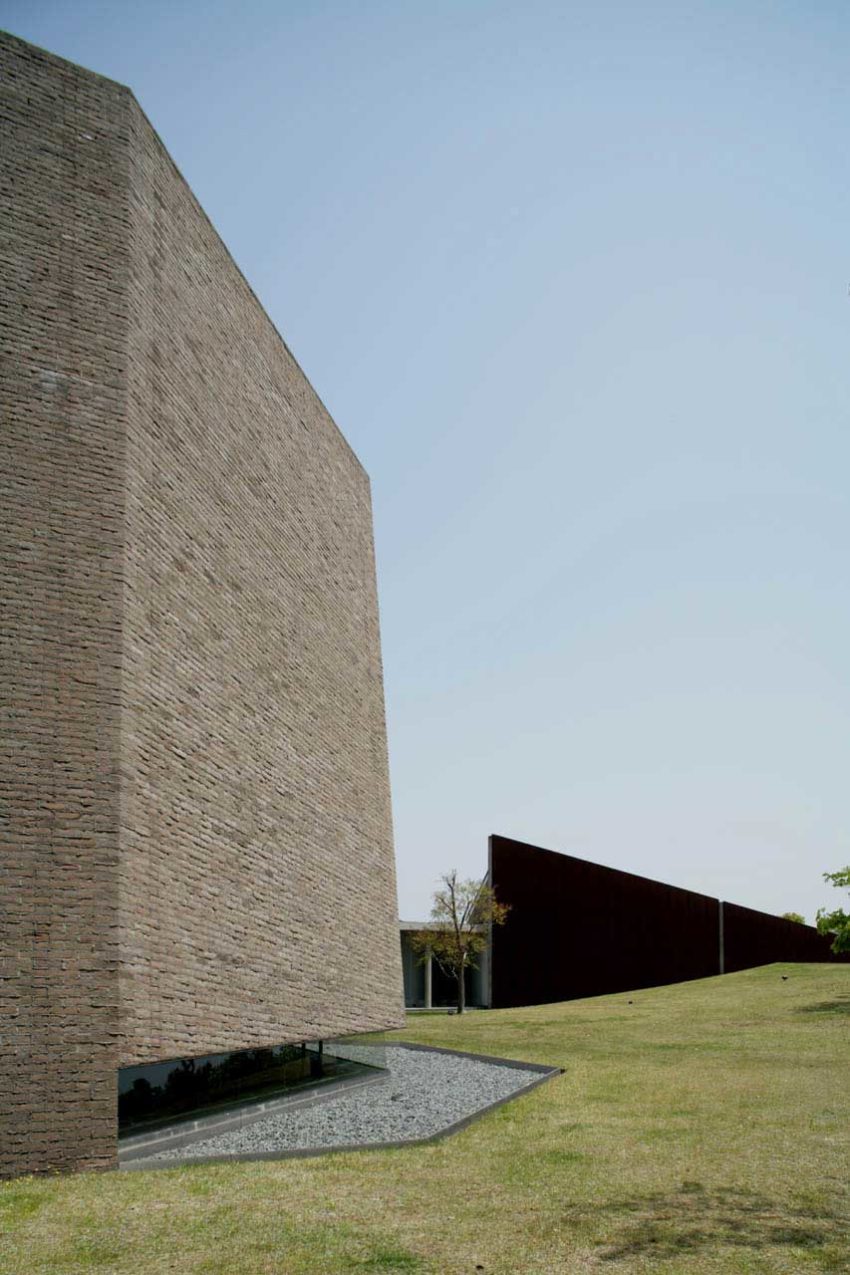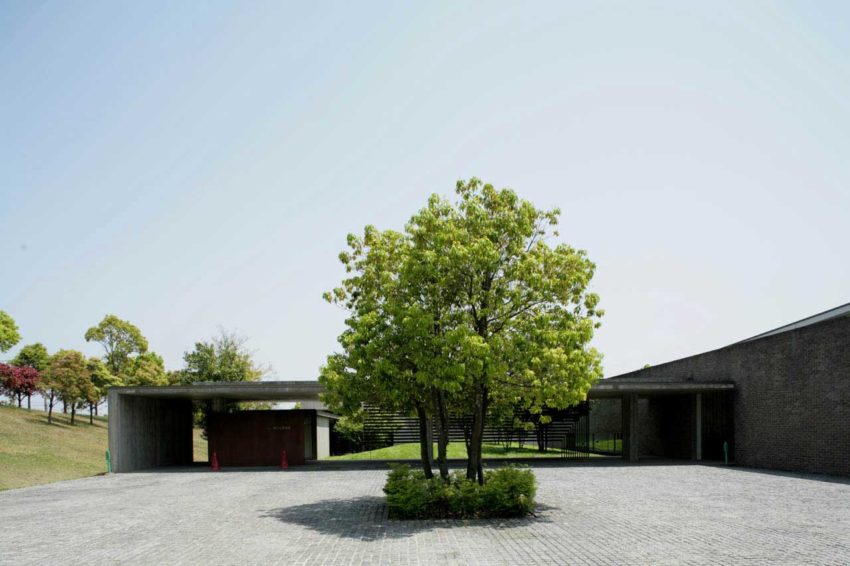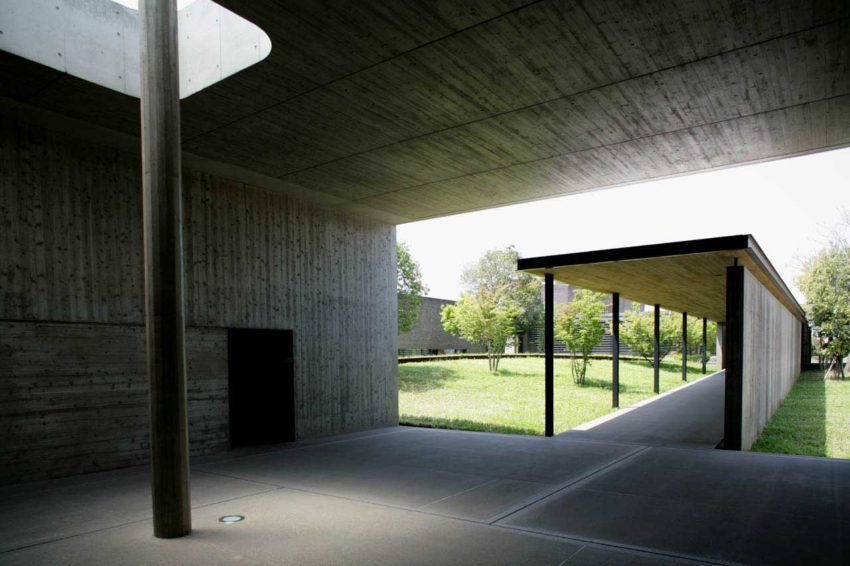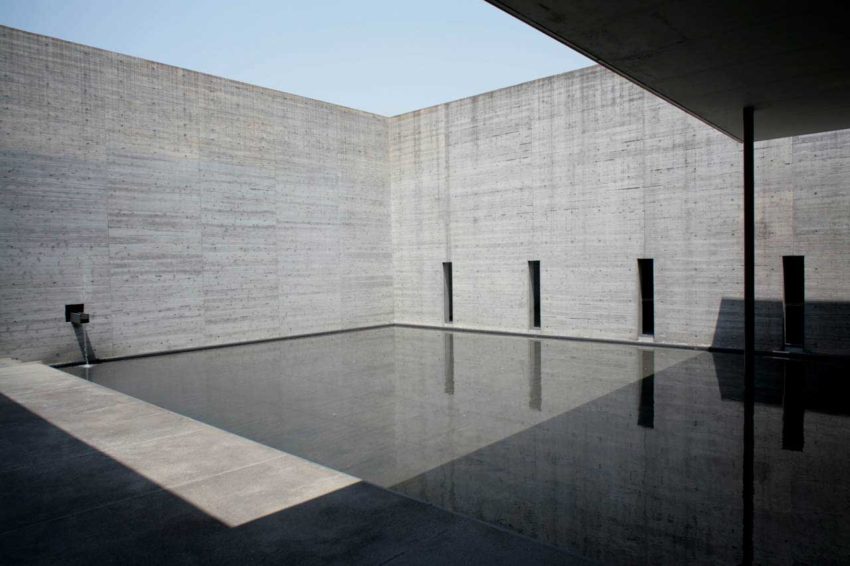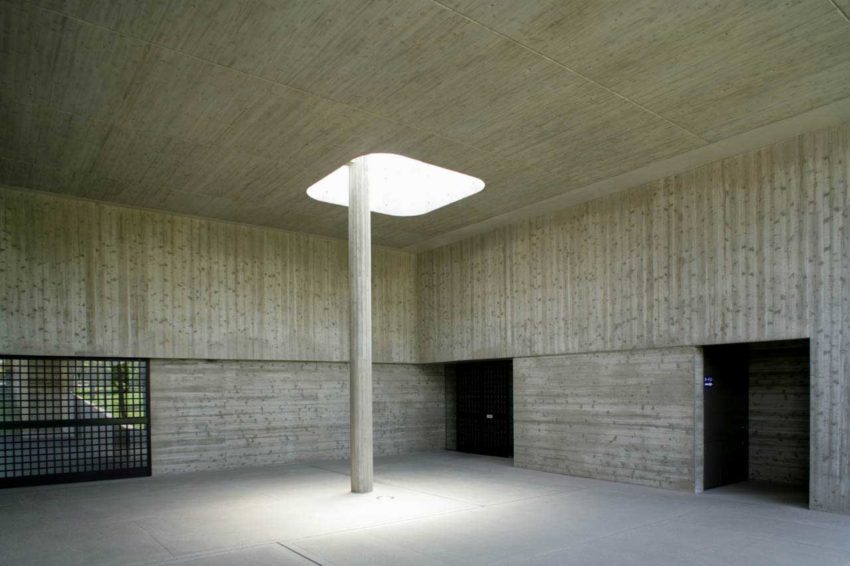In 1997, Pritzker Prize-winning Japanese architect Fumihiko Maki completed the Kaze-no-Oka Crematorium in Nakatsu, Japan. The building’s design emphasizes what the architect called “transitional spaces,” wherein the functional rooms are spaced with some distance between one another to “allow for pause and reflection.” Between the funeral hall, the cemetery, and the waiting lounge, visitors can take time to mourn and remember those they’ve lost and ponder the end-of-life experience.
Kaze-no-Oka Crematorium Technical Information
- Architects: Fumihiko Maki
- Location: Nakatsu, Oita, Japan
- Topics: Reinforced Concrete, Courtyard
- Type: Crematorium
- Area: 2,515 m2
- Site: 33,317m²
- Engineers: Hanawa Structural Engineers, Sogo Consultants (MEP)
- Project Year: 1995-1997
- Photographs: © Daijirou Okada, © Jacome
I do not try to have unnecessary complicated forms or textures in buildings. It is kind of a discipline I put on myself. (…) There is a mysterious art to the whole design process, and conscious or unconscious decisions. Not trying to make space and form extraordinary, something you have not done or you have not seen. Instead we respect the human behaviors, what they may like, what they may not like.1
– Fumihiko Maki
Kaze-no-Oka Crematorium Photographs
Text by the Architects
Kaze-no-Oka Crematorium has a fluid appearance that blends smoothly with the surrounding ancient burial mounds and cemetery. Starting with the building approach, transitional spaces are emphasized; each ceremonial function space (funeral hall, cemetery, and waiting lounge) is kept at a specific distance from the next to allow for pause and reflection. On the exterior, different geometry and materiality were given to each section. Using these different materials – brick, Corten steel, and concrete – also allows the building to be read as a sculpture in the park.
The quality of architecture does not lie in the sense of reality that it expresses, but in … architecture’s capacity for awakening our imagination.2
– Pallasmaa
Kaze-no-Oka Crematorium Plans
Kaze-no-Oka Crematorium Image Gallery
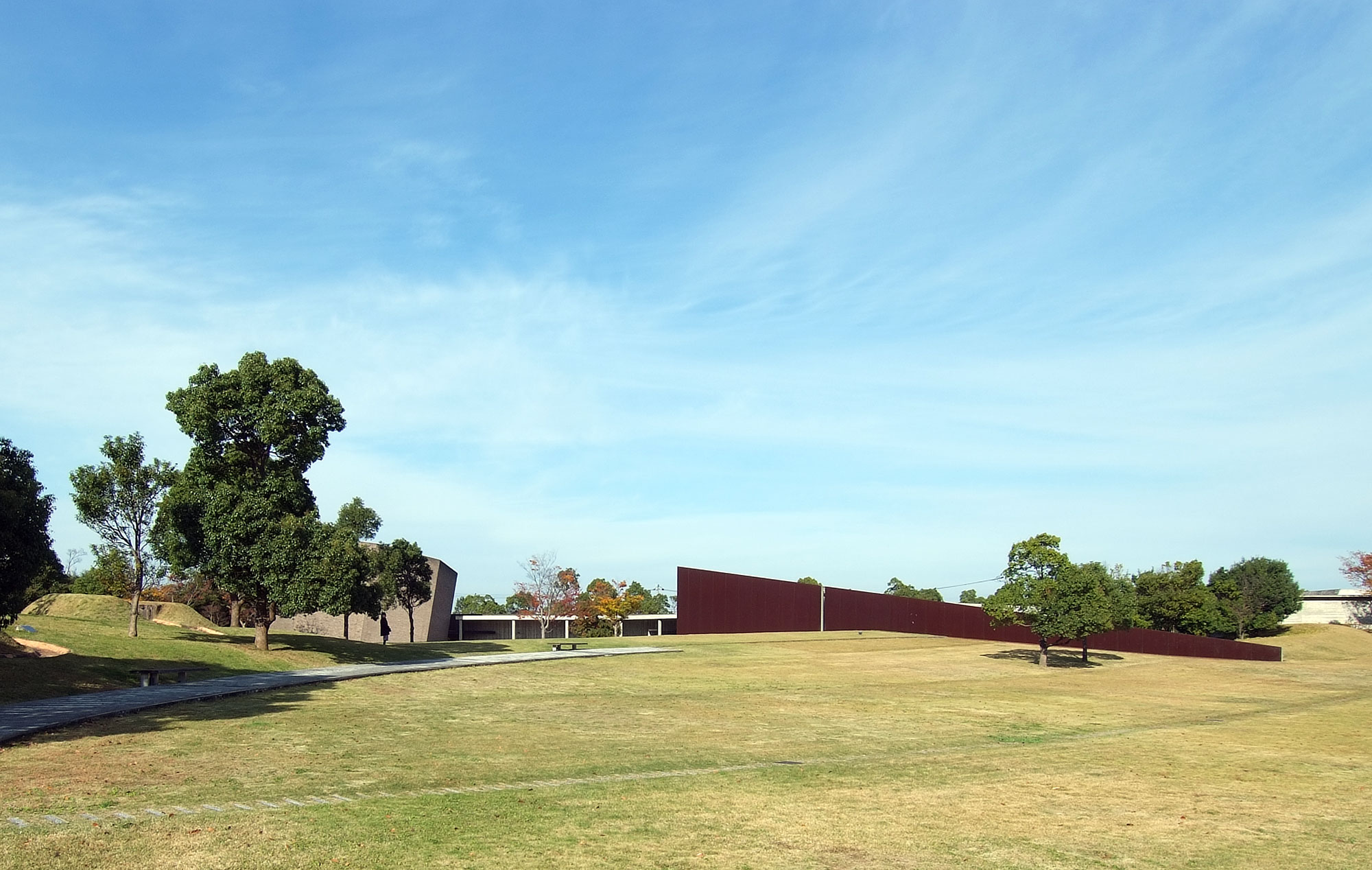
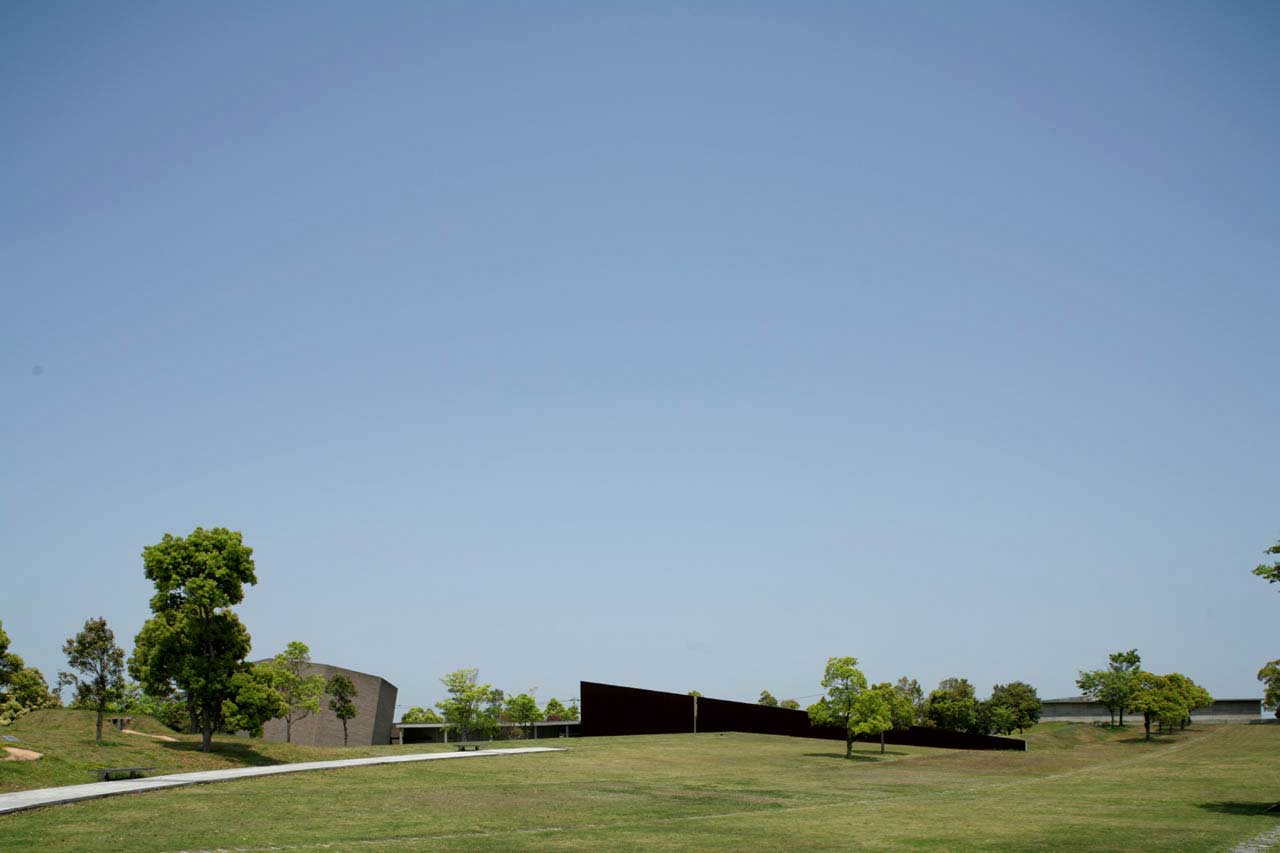
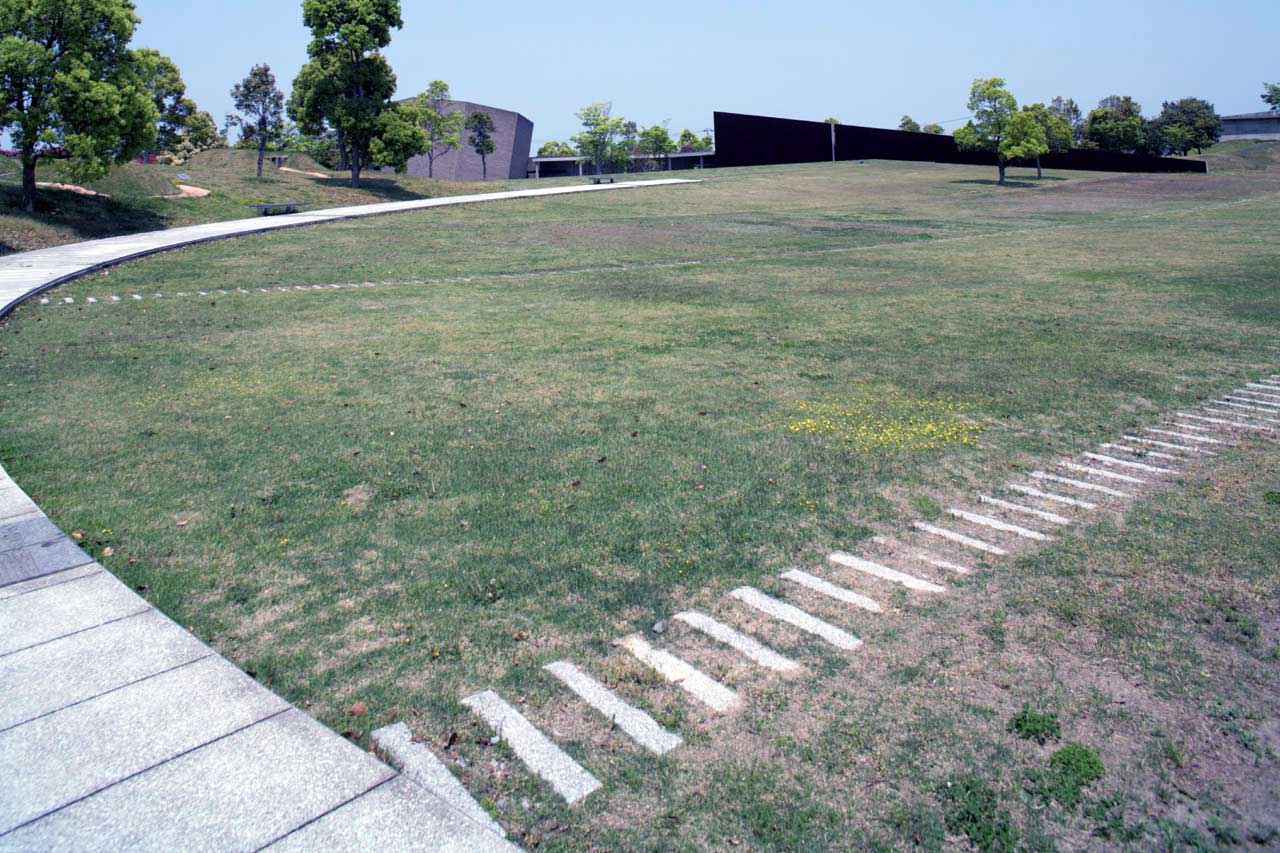
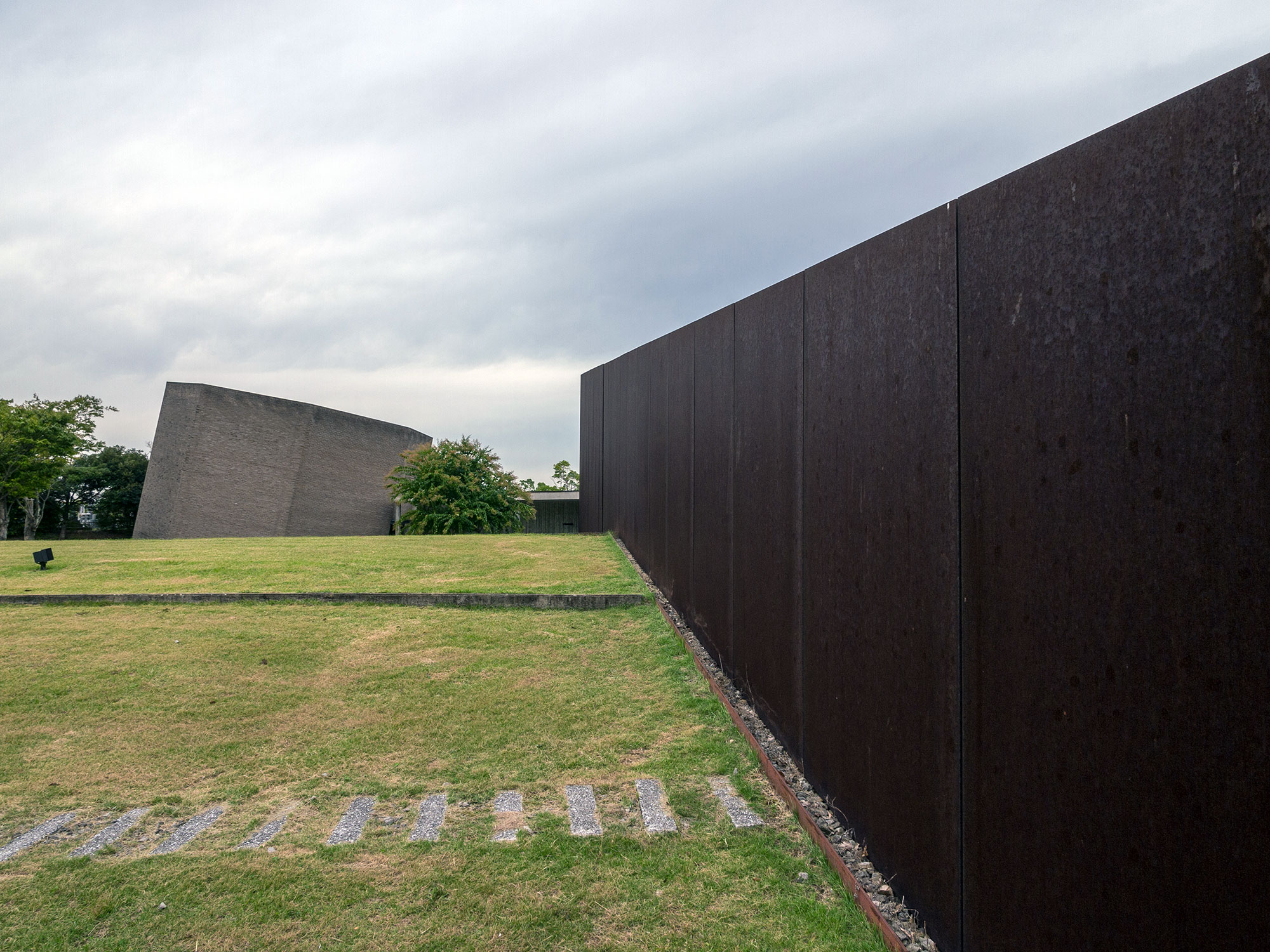
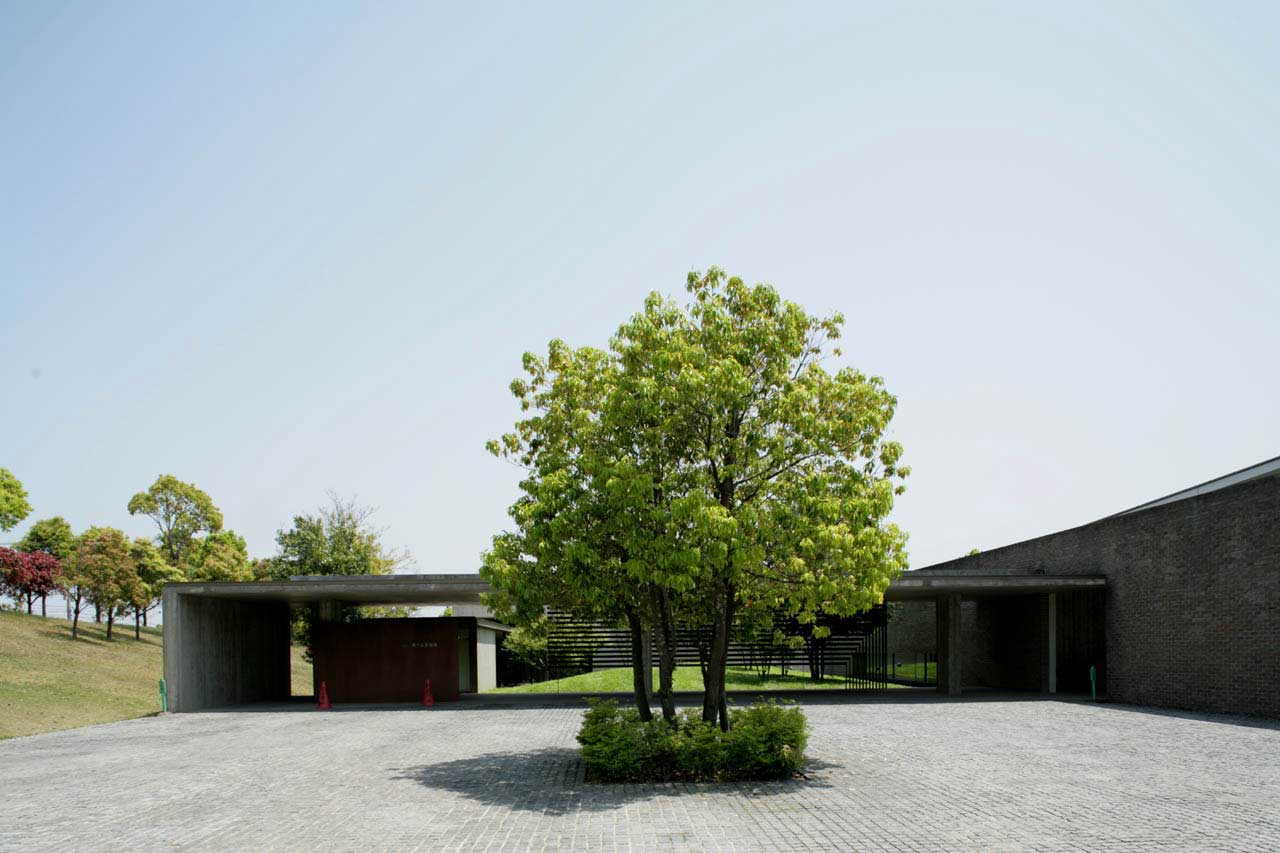
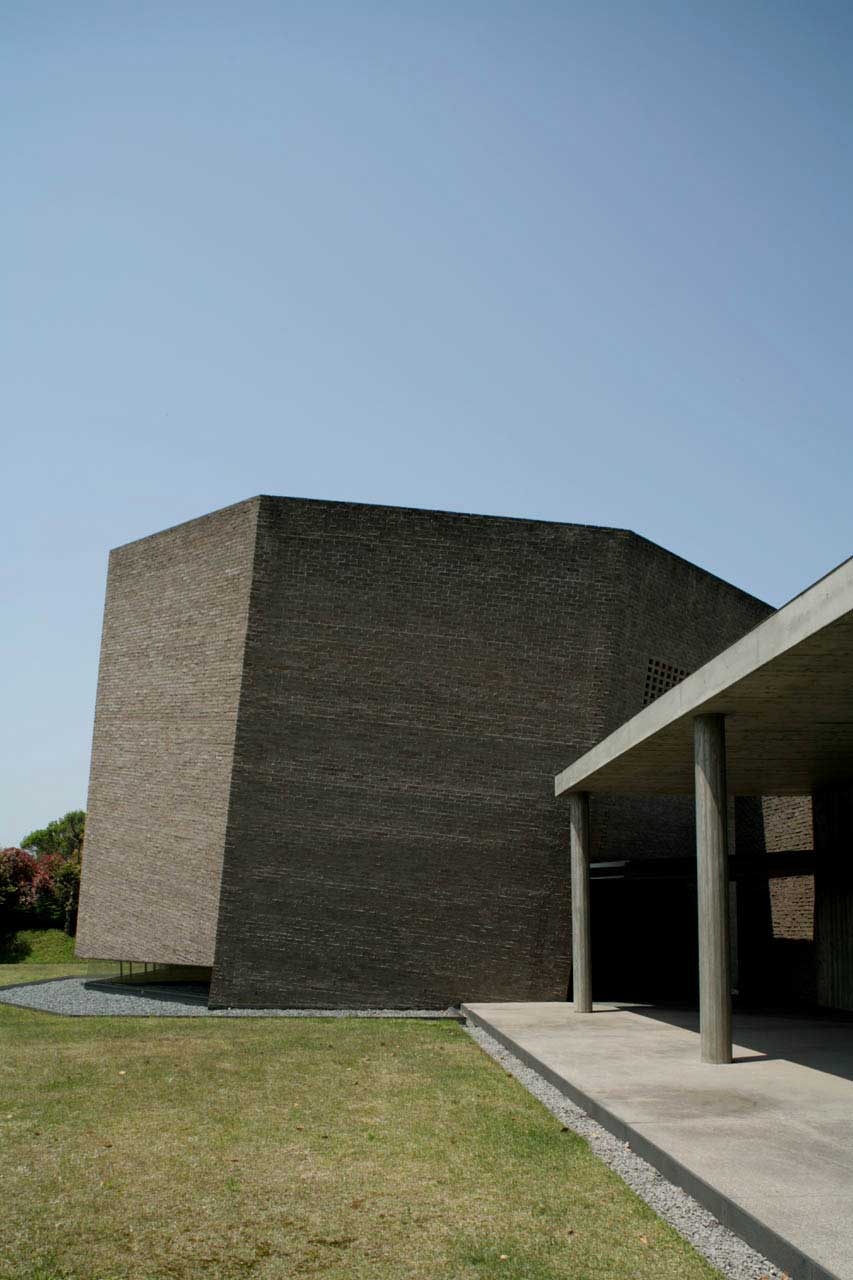


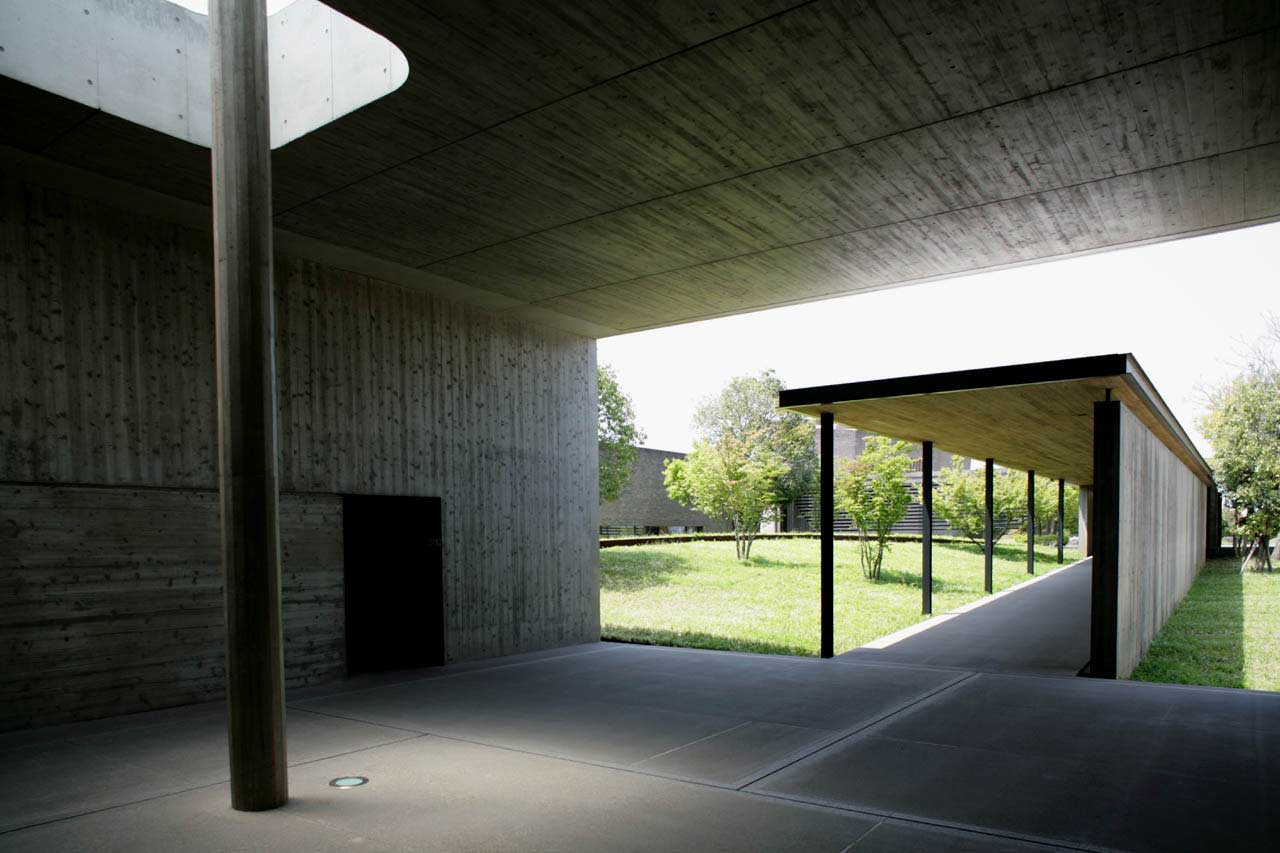


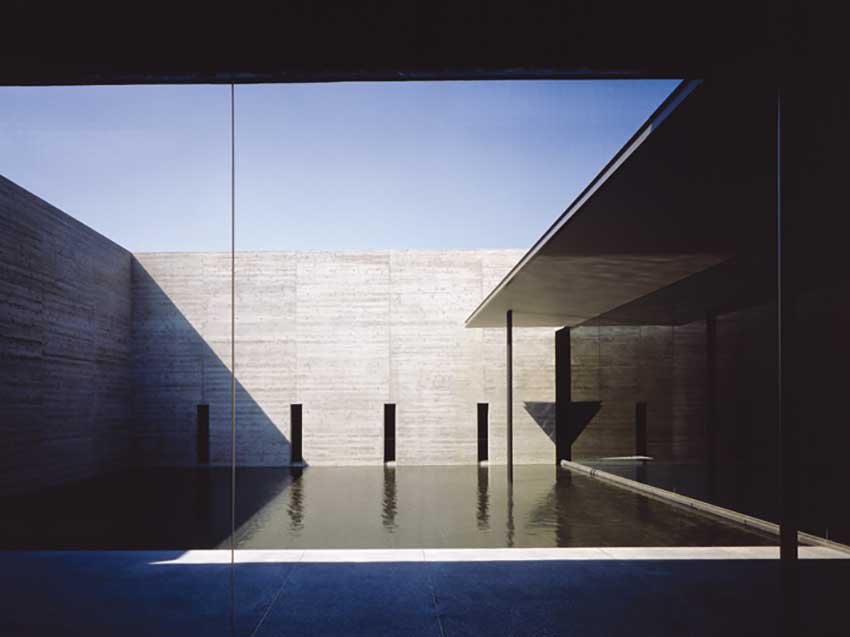
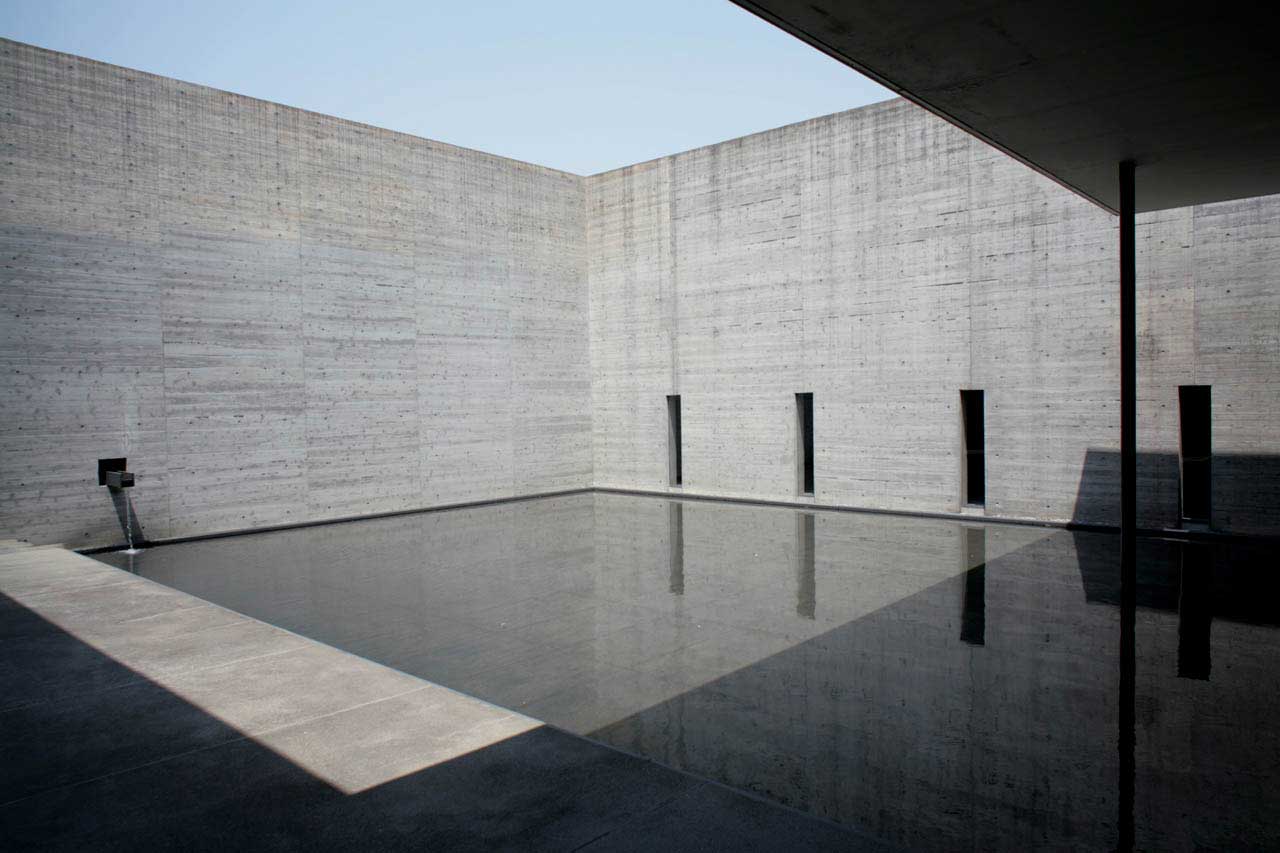
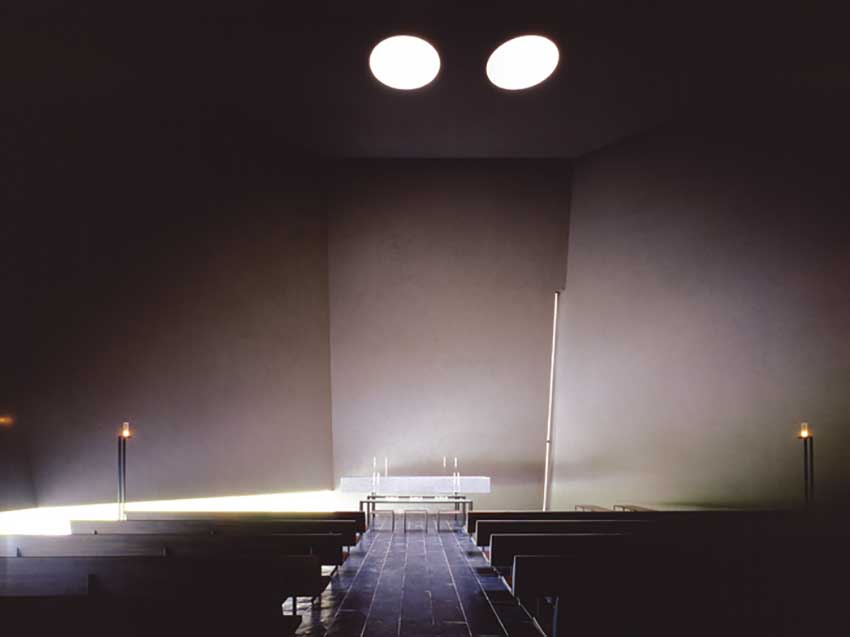


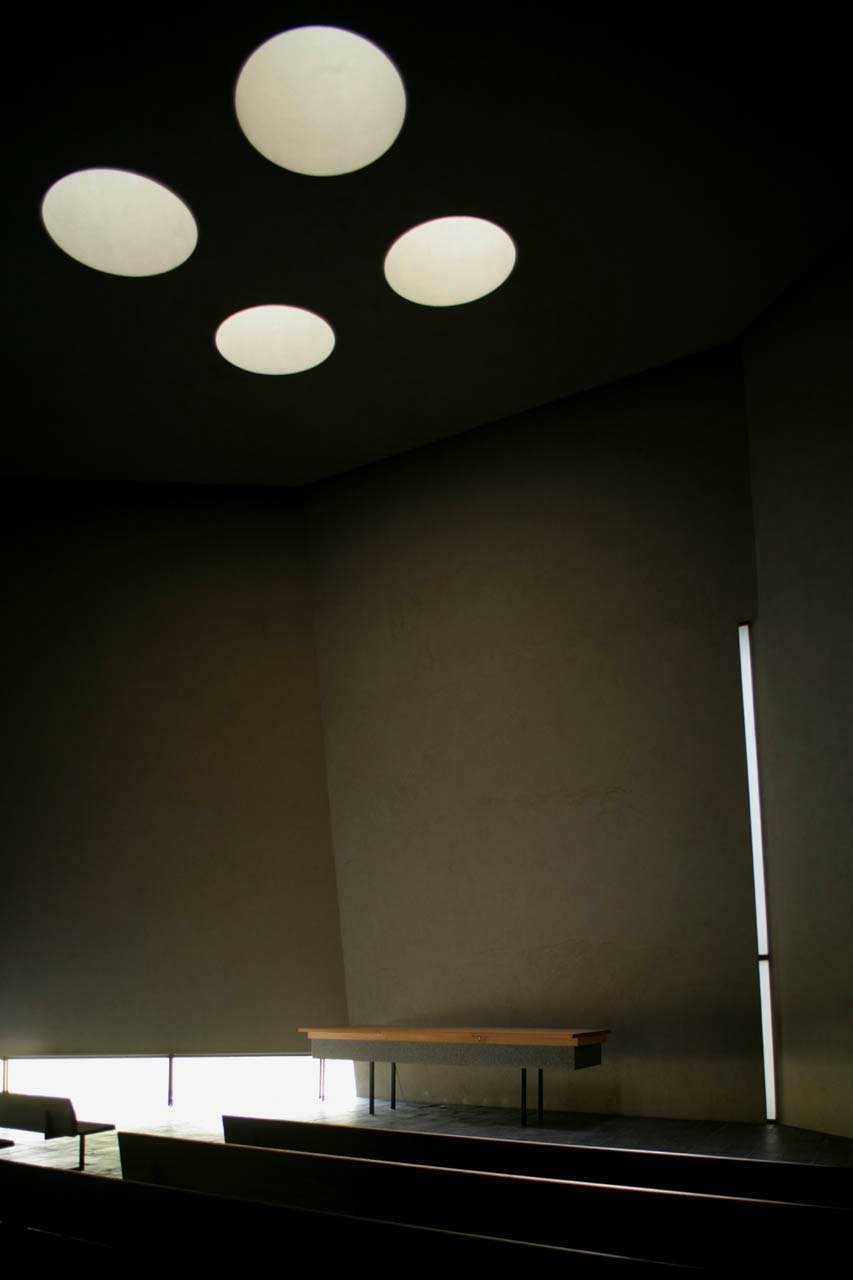
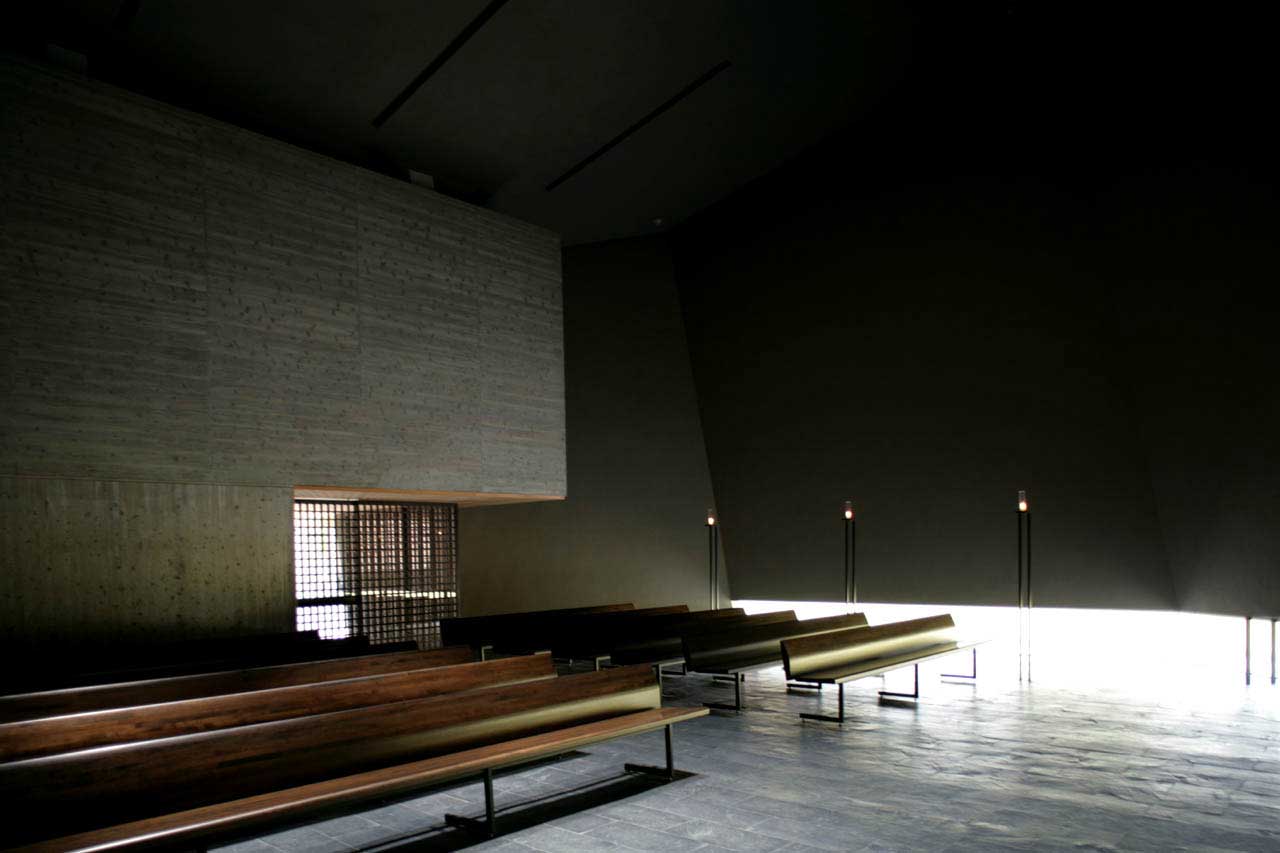
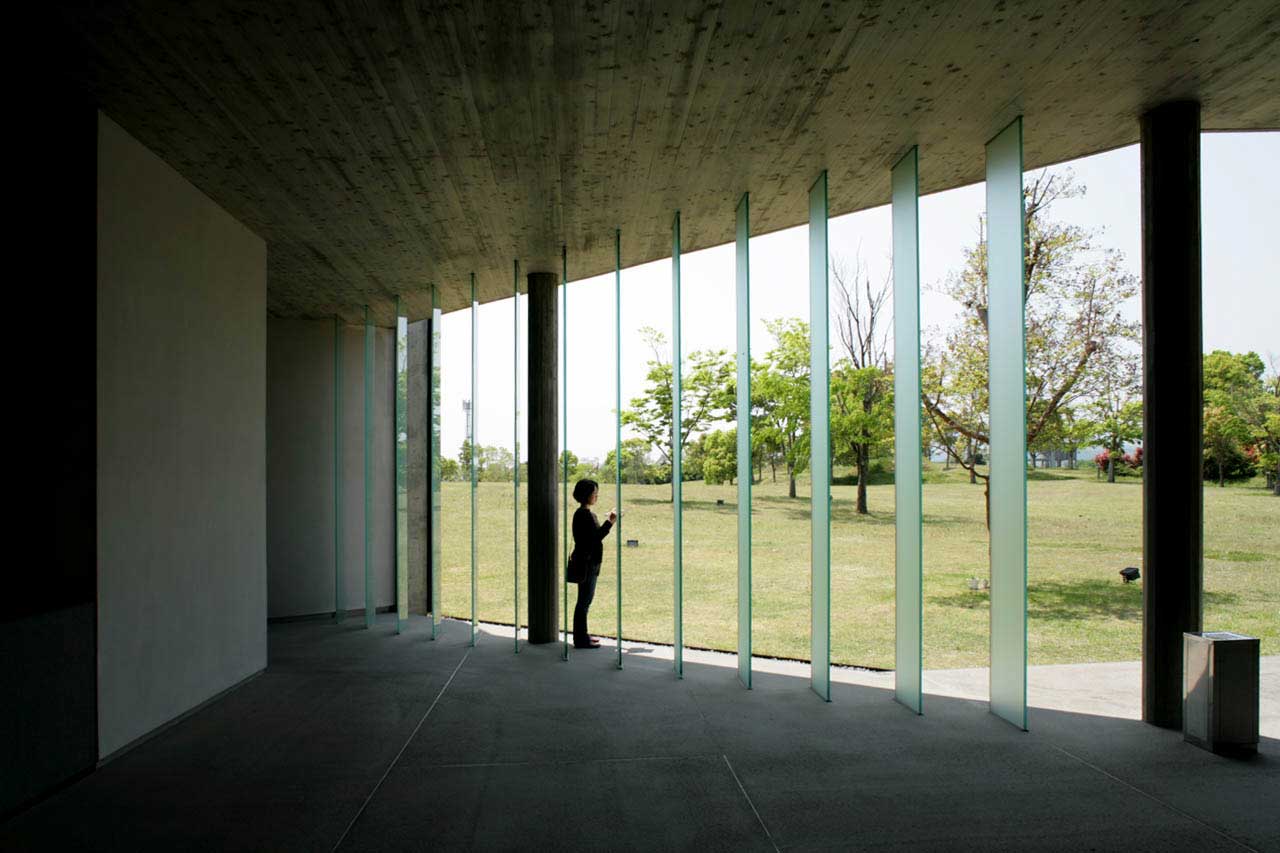
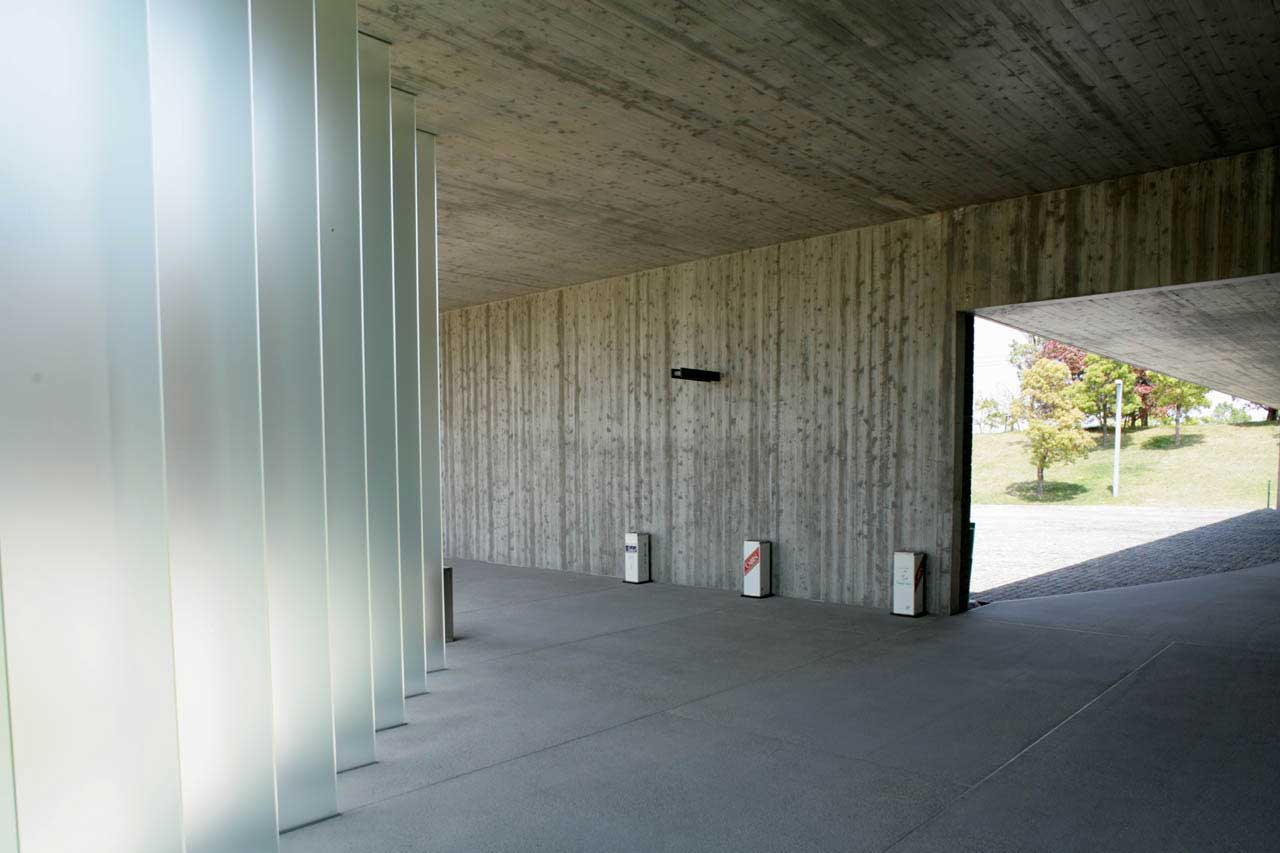

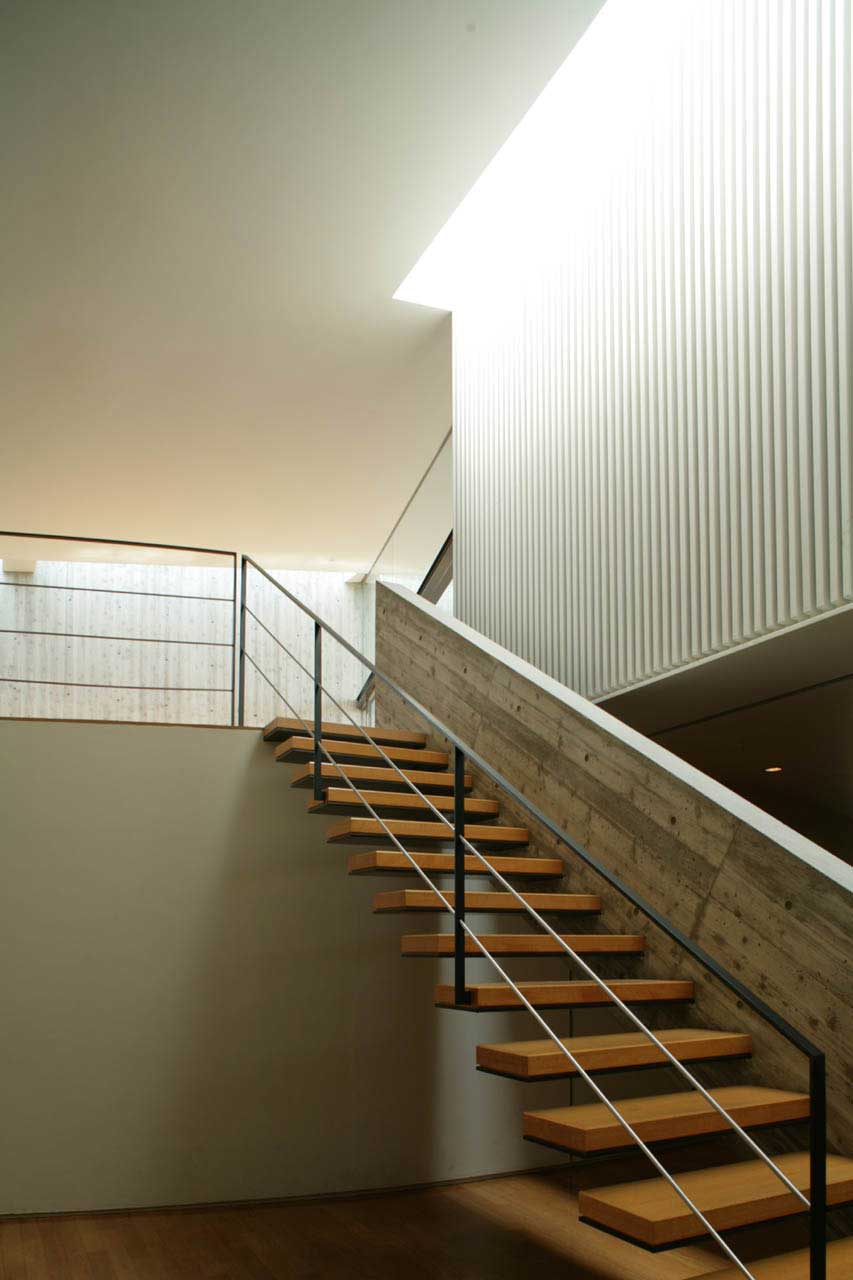
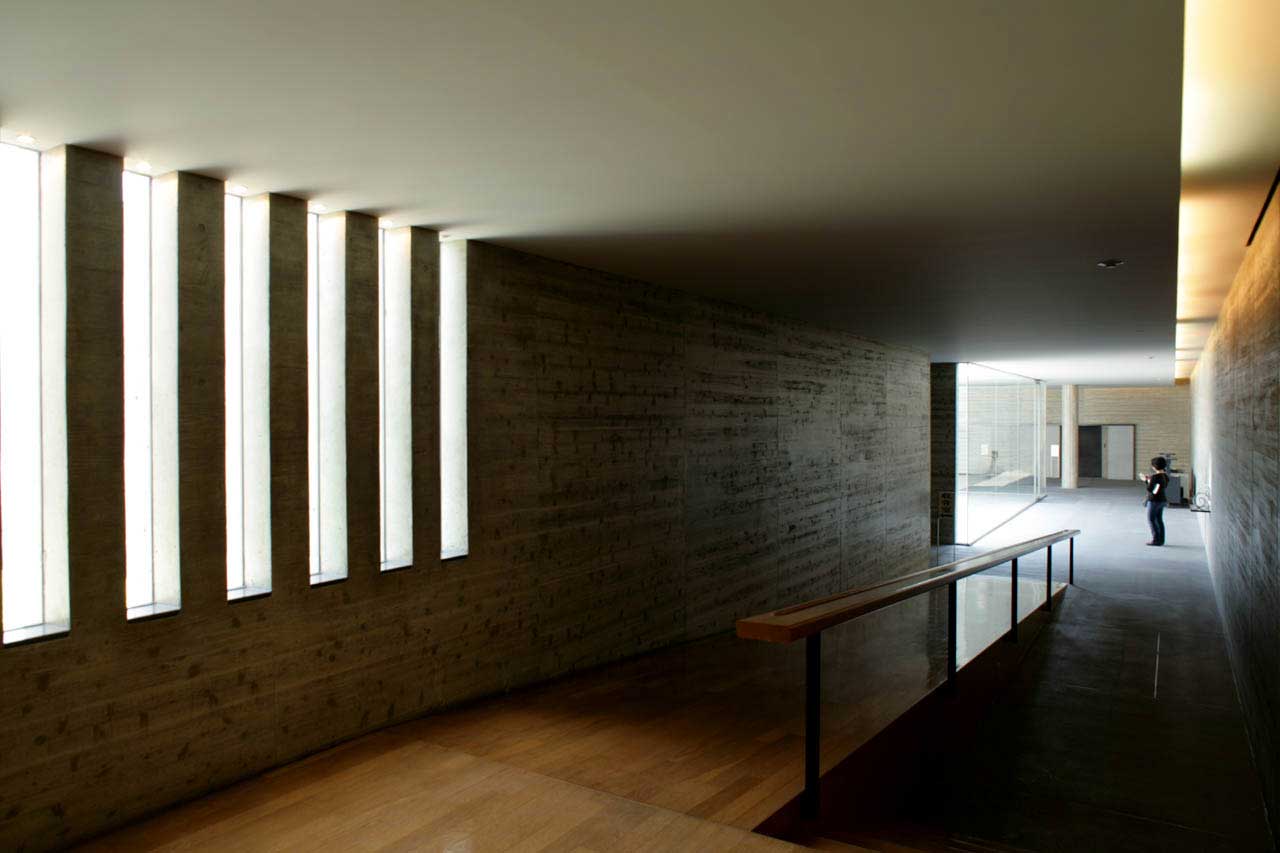


About Fumihiko Maki
Fumihiko Maki (1928) is a Japanese architect trained under Kenzo Tange in his early years at the University of Tokyo. In 1993, he received the Pritzker Prize for his work, which explores pioneering uses of new materials and fuses the cultures of the east and west. Maki is known for combining modernism with Japanese architectural traditions. He introduced the concept of oku, which is a spatial layout unique to Japan in which spaces wind around a structure.
Other works from Fumihiko Maki
- TIME SPACE EXISTENCE interview with Fumihiko Maki by PLANE-SITE.
- Pallasmaa, The Geometry of Feeling, 1996
[cite]

